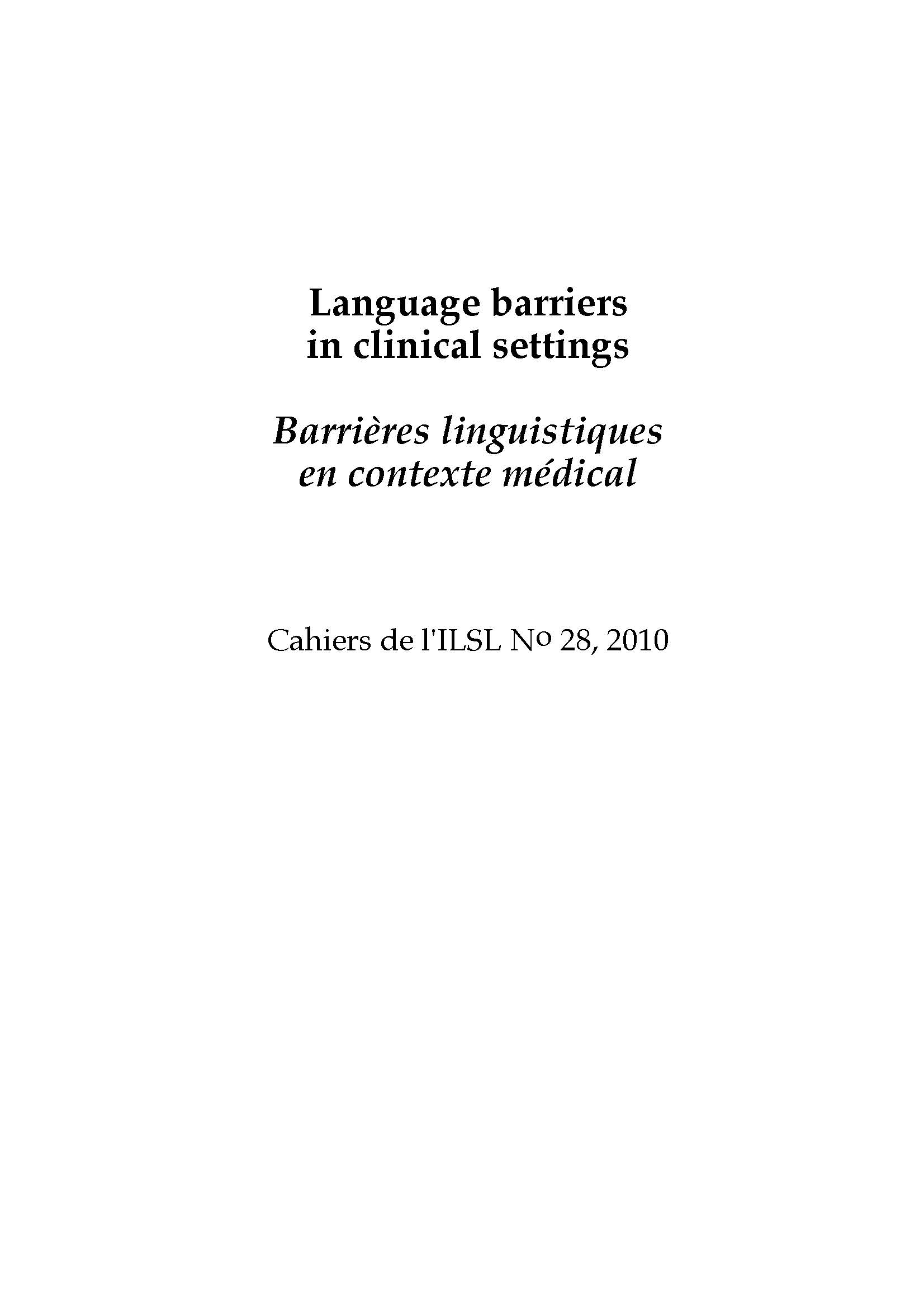No. 28 (2010)
As an article that appeared in the current issue of the Journal of Sociolinguistics reminds us1, communication that fully respects what is now commonly known as human dignity is far from being present between health providers and patients in all settings and everywhere in the world. Evidently, the question of human dignity raises questions about several aspects of the clinician-patient relationship, among others the aspect of understanding and being understood. At this regard, many migrants with native languages different to those spoken in their host country are at a particular disadvantage. This becomes obvious especially as concerns the newly arrived migrants in Europe and North America that visit frequently
health facilities. This high frequency may be explained by their vulnerability as a possible result of their often problematic administrative status, low socioeconomic resources or past trauma experience in their countries of origin.
Both in the medical domain and elsewhere, the success of verbal communication presupposes, on the one hand, mutual communication codes that are used for interaction and, on the other hand, a number of cultural implicits that facilitate the correct decoding of the full meaning of a given message. The concept of “language barrier” is often used to refer to situations where very limited or no sharing of these communication codes and cultural implicits are given.
